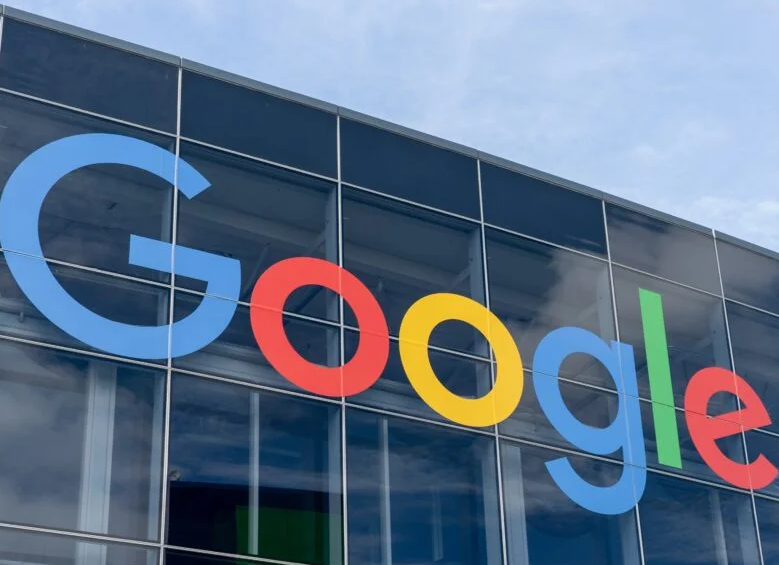Google has quietly launched a pilot program in Canada that will, for the first time, allow cannabis businesses to advertise through its platform—provided they follow strict federal rules. The trial, which began on Monday, is set to run for 20 weeks.
A Shift in Google’s Advertising Policy
For years, cannabis businesses have struggled with advertising restrictions. Google’s global policies have largely blocked ads promoting the sale or use of cannabis, even in countries where the product is fully legal. The decision to trial a new approach in Canada marks a significant policy experiment.
The company said the test is meant to “explore user interest and inform potential future policy updates.” Ads will appear on Google Search, but only from federally licensed operators. That detail rules out a large number of smaller players who don’t hold a federal licence but still operate legally under Canada’s system.
In effect, Google is giving its most regulated partners a chance to prove cannabis ads can be safe, compliant, and useful for consumers. Whether this leads to a permanent shift is still an open question.

Canada’s Legal Landscape
Canada legalised recreational cannabis in 2018, becoming the first G7 nation to do so. Despite this, advertising has remained tightly restricted. Licensed producers must follow rules that ban anything appealing to youth, making false claims, or promoting lifestyle imagery.
For businesses, the advertising hurdles are enormous. Most rely on packaging, retail presence, and word-of-mouth rather than mainstream marketing channels. Even social media platforms often suspend or shadow-ban cannabis accounts.
So Google’s program, even though limited, is being watched closely by the industry. It could offer a rare chance to connect with consumers in a regulated, transparent way.
Industry Reaction
Reaction from the cannabis sector has been mixed—equal parts excitement and scepticism.
Some executives see the move as a breakthrough. A digital foothold on Google means visibility in the exact moment consumers are searching for information. That’s something billboards and word-of-mouth can’t match.
Others, however, are cautious. The pilot excludes many smaller operators, potentially giving larger licensed producers an advantage. There are also fears about whether the rules will change mid-way, or whether Google will scrap the experiment altogether after 20 weeks.
Challenges in Cannabis Advertising
The cannabis industry has always wrestled with how to advertise responsibly.
For instance, in Canada:
-
Ads can’t be aimed at people under 18.
-
No celebrities, characters, or endorsements are allowed.
-
Claims must be strictly factual—no promises about health benefits.
These rules make marketing cannabis more restrictive than alcohol or tobacco. Google’s policy has historically gone even further by blocking cannabis content outright.
Interestingly, some businesses have already found loopholes. By carefully avoiding certain keywords or framing products as “hemp” or “wellness,” some ads have slipped through Google’s filters. This new pilot may reduce the need for such workarounds by creating a regulated pathway instead.
A Small Step With Big Implications
One thing is clear: this pilot won’t dramatically change the industry overnight. Ads are limited, time-bound, and closely controlled. But it’s still significant for two reasons.
First, it signals that Google is willing to experiment with cannabis, a category it has long treated as toxic. Second, it could set a precedent for other countries where cannabis is legal but advertising is restricted.
If successful, Canada could become a template for markets like Germany, which is moving towards legalisation, or certain U.S. states pushing for looser rules.
What the Pilot Looks Like in Practice
Details remain sparse, but the pilot is expected to be tightly managed. Ads will likely focus on factual information such as product availability, retailer locations, or compliance messages. Anything veering into lifestyle or promotional language could be blocked.
To understand its scope, consider this comparison:
| Platform | Current Cannabis Ad Policy | Pilot Program Change (Canada) |
|---|---|---|
| No cannabis ads allowed | Limited search ads from federally licensed operators | |
| Meta (Facebook/Instagram) | Bans most cannabis ads, allows hemp in some cases | No change |
| Twitter/X | Allows cannabis ads in certain U.S. states | No Canadian policy update yet |
The table highlights how unusual Google’s step is. It breaks from its competitors by formally testing cannabis ads in a national market where cannabis is federally legal.
What Comes Next?
Google has been cautious about loosening its grip on cannabis-related content. Last year it relaxed restrictions for hemp and CBD products in the U.S., but full cannabis remained off-limits. The Canadian trial is a natural extension of that shift.
Still, the tech giant remains vague on what happens after the 20 weeks. If the pilot shows ads can run safely without backlash, it could lead to broader policy updates. If not, it may quietly end with little fanfare.
For now, cannabis businesses will be watching closely—and hoping this is the start of something bigger.
